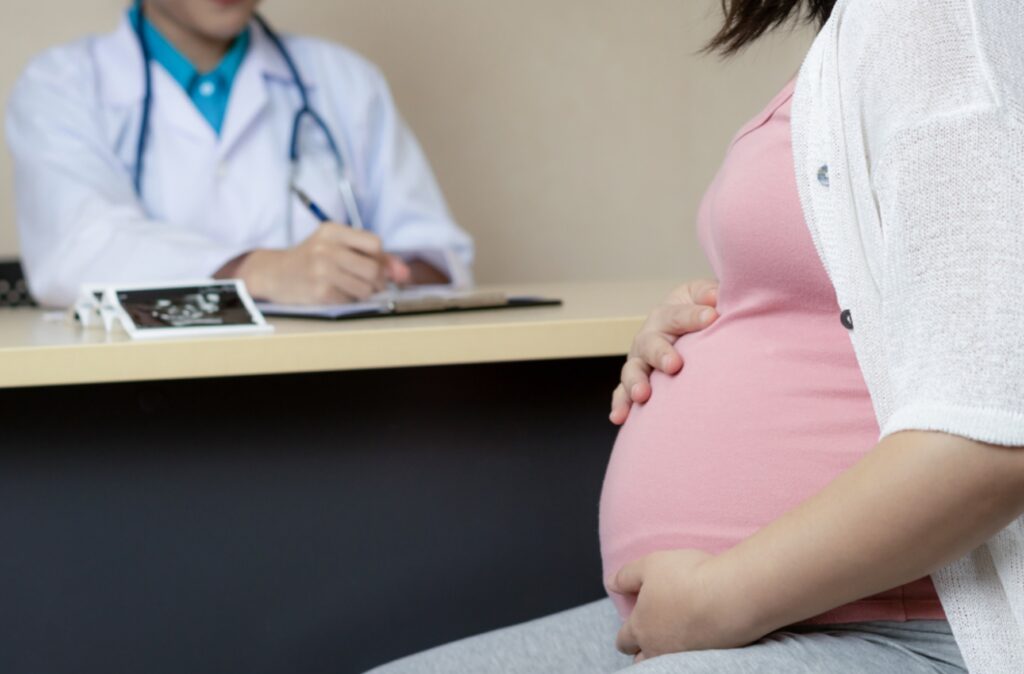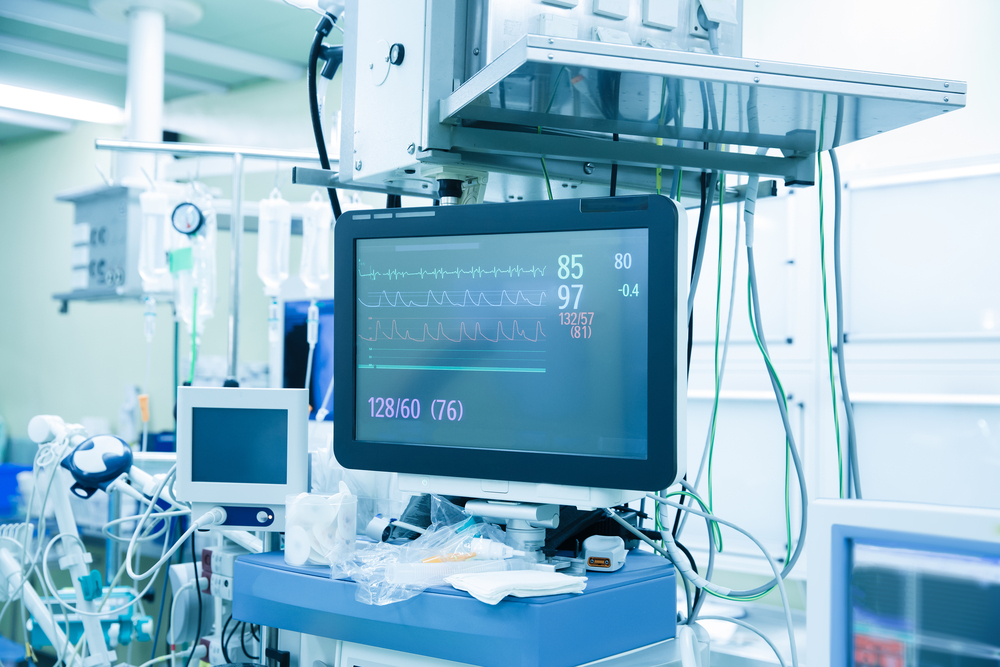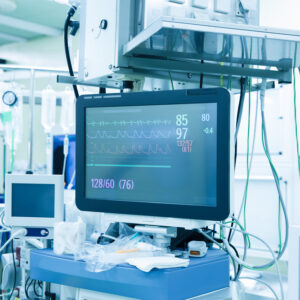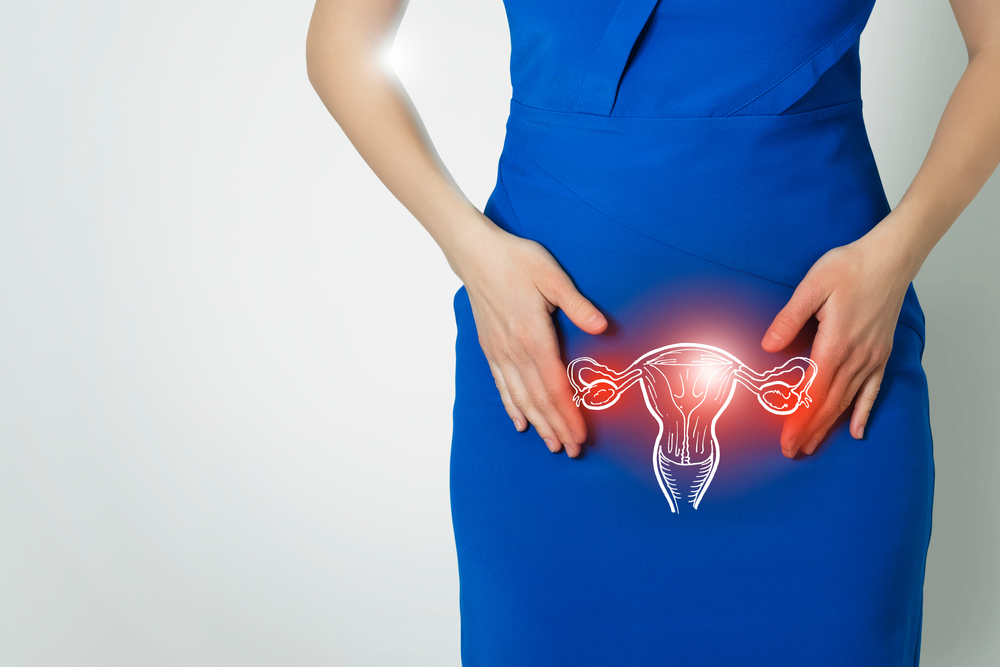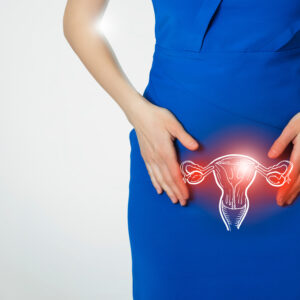When is gynecological exam needed?
Women have several unique organs that men do not have, such as the external genitalia, uterus, ovaries, and breasts. Diseases affecting these organs are collectively referred to as gynecological diseases or women’s diseases. Gynecological diseases often present with warning signs or symptoms, which may indicate the need for an examination for diagnosis or treatment.
Considering various common women’s diseases such as urinary tract infections, vaginal infections, uterine fibroids, breast cancer, cervical cancer, ovarian cancer, and menstrual disorders, you may need to undergo an examination if you experience the following warning signs or symptoms:
- Frequent urination or difficulty urinating
- Pain or burning sensation during urination
- Cloudy or bloody urine
- Pelvic pain
- Increased vaginal discharge with an unusual odor, consistency resembling cottage cheese or tofu
- Itching, burning, or abnormal bleeding in the genital area
- Pain during or after sexual intercourse
- Presence of lumps, changes in shape or size in the breasts
- Spontaneous nipple discharge or nipple inversion
- Swelling of the armpit or enlarged lymph nodes
- Discomfort, constipation, diarrhea, significantly increased or decreased menstrual flow during the menstrual period
- Irregular menstrual periods, occurring one week earlier or later than expected, or even skipping several months between periods
- Menstrual periods lasting less than 2 days or more than 7 days, with menstrual pain affecting daily life.
Who is at higher risk and needs gynecological exam the most?
Females who are 18 years old or older, have completed development, or have engaged in sexual activity are eligible for gynecological examinations. Gynecologists typically recommend regular gynecological check-ups for women aged 25 or above.
Age 25 or below:
- Regular self-breast examination to check for bleeding, discharge, or lumps.
- Cervical smear test once a year. If the results are normal for two consecutive years, it can be done once every three years.
Age 25 to 39:
- Breast ultrasound every 1 to 3 years, as advised by the doctor.
- Pelvic ultrasound every 1 to 3 years, as advised by the doctor.
- Cervical smear test once a year. If the results are normal for two consecutive years, it can be done once every three years.
- Women aged 30 or above are recommended to undergo HPV (Human Papillomavirus) DNA testing every 5 years or as advised by the doctor.
Age 40 to 65:
- Mammogram every 2 years.
- Pelvic ultrasound every 1 to 3 years, as advised by the doctor.
- Cervical smear test once a year. If the results are normal for two consecutive years, it can be done once every three years.
- HPV DNA testing every 5 years or as advised by the doctor.
- Women aged 50 or above are recommended to undergo bone density testing every 2 years.
Gynecological Exam Methods & Common Check-up Items
Principle:
Breast tissue is examined using X-ray imaging to obtain mammograms.
Function:
Widely used for breast cancer diagnosis and screening.
Suitable for:
Women aged 40 or above.
Principle:
High-frequency sound waves are directed at breast tissue, and the varying degrees of penetration due to differing densities are converted into a 3D image of the breast tissue for examination.
Function:
Used to detect various breast-related conditions, such as breast cancer, fibroadenomas, and breast cysts.
Suitable for:
Women under the age of 40.
Principle:
A speculum is inserted into the vagina, and a sample of cells is taken from the surface of the cervix using a scraper or brush and sent for laboratory testing.
Function:
Checks for cervical cell abnormalities and allows for early detection and treatment if necessary.
Suitable for:
- Women aged 25 to 64 who have had sexual experience.
- Women aged 65 or above who have had sexual experience and have not been screened (even if they have gone through menopause, have not been sexually active for years, or have had tubal ligation).
- Women aged 21 to 24 who have had sexual experience and have risk factors for cervical cancer (such as having multiple sexual partners, smoking, or immunodeficiency) should consult a doctor to determine whether screening is necessary.
Principle:
Ultrasound is used to scan the organs in the pelvic cavity to assess the condition of the uterus and ovaries and evaluate the presence of any abnormalities.
Function:
Can detect various conditions, including uterine fibroids and ovarian cancer.
Principle:
Two different energy levels of X-rays are used to analyze the bone mineral density of the lumbar spine and hip bones to assess the level of bone loss within the body.
Function:
Prevents osteoporosis, estimates the risk of future fractures, and evaluates the effectiveness of osteoporosis treatment.
Suitable for:
Women aged 50 or above.
Principle:
Blood is drawn to test for thyroid hormones and antibody markers.
Function:
Diagnoses diseases such as hyperthyroidism and hypothyroidism.
Suitable for:
Women aged 20 or above.
Principle:
Non-invasive thyroid examination using ultrasound to check for any abnormalities in the thyroid gland.
Function:
Can detect thyroid nodules, thyroiditis, neck lumps, and calcifications in the neck.
Principle:
Blood or vaginal secretion samples are taken and tested in a laboratory.
Function:
To check for sexually transmitted diseases such as syphilis and HIV.
Suitable for:
Individuals who suspect they have a sexually transmitted disease or are sexually active.
Gynecological Examination Pricing
Regular gynecological examinations can help detect various female health conditions at an early stage for prevention. The following are the fee ranges for the gynecological examination items mentioned above:
| Hospital/Clinic | Examination Items | Pricing |
| Bowtie & JP Health | Breast X-ray (2D) | From $1,500 |
| Breast ultrasound | From HK$1,250 | |
| Pap smear test (cervical cancer) | HK$600 | |
| Gleneagles Hospital Hong Kong | Pelvic ultrasound | From HK$1,600 |
| Osteoporosis screening program | HK$4,300 | |
| Thyroid blood test | From HK$740 | |
| Thyroid ultrasound | From HK$1,800 | |
| The Family Planning Association of Hong Kong | Sexually transmitted disease (STD) screening | From HK$250 |
- RemarkThe above fee prices are for reference only (updated as of January 30, 2023), and details may vary depending on the hospital or clinic. Please inquire with the relevant hospital or clinic for more information.
FAQs about Gynecological Examination
Most gynecological examinations can be completed in a clinic setting without the need for hospitalization.
It is advisable to wear loose-fitting casual clothing, avoid one-piece suits, tight clothing, stockings, and high-heeled shoes.
It is recommended for women to schedule gynecological examinations after their menstrual period to avoid interference with test results. Menstruation can affect the examination results and certain physiological changes in the body, such as breast swelling and ovarian cysts.
- 1FHS
- 2FHS
- 3Smart Patient
- 4Smart Patient
- 5WebMD
- 6American Bone Health
- 7Union Hospital
- 8Hong Kong Adventist Hospital
- 9CHP
- 10National Institute of Arthritis and Musculoskeletal and Skin Diseases

